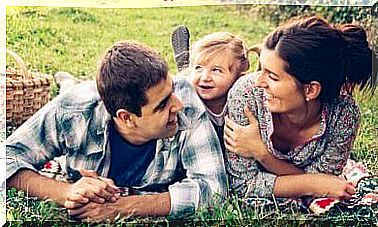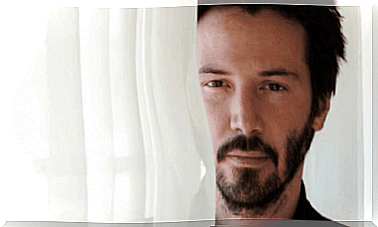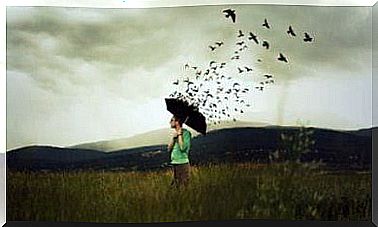What Can Science Say About Evil?
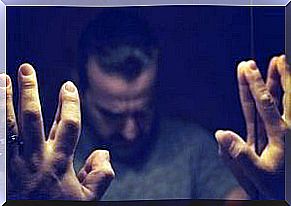
Scientists have been looking at evil for decades, and have given us lots of good and important knowledge. But we have not come close to a single factor that defines evil. Instead, we should start accepting that people who do evil things are just like the rest of us. According to the science of evil, we are more alike than we like to think.
Many scientists have tried to get closer to a concept like the science of evil, to find the root of evil deeds. Neurologists have been researching the brains of people who do evil things. At the same time, many social psychologists have developed experiments with the same purpose.
What do we know about evil?
What we know for sure is that it seems that humans have a real need to know what evil people are hiding and how different they are from the rest of us. As a species, we seem to be on a tireless quest for that difference.
Maybe we want these answers so we know what to avoid. Or so we can make sure we are different. Maybe there is some physical factor that determines who is good and who is evil.
Although science has found certain features, and minor structural differences in the brain, we still do not have a clear answer. So it seems that it is not a simple matter to separate the good from the bad. These evil people turn out to be much more like the good people than we like to think.
In this article, we will look at the possible factors that determine whether a person becomes evil or will do evil things. There is more than 40 years of research on this issue. Researchers have apparently been able to isolate certain factors that send down the evil category. Let’s dive into it…
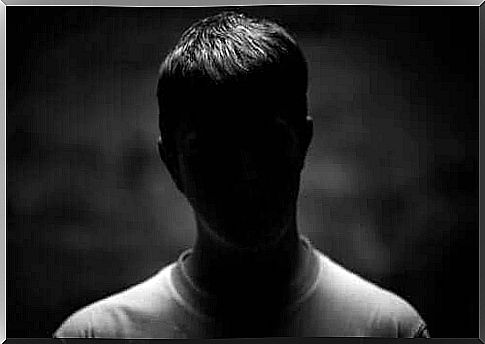
The quality of the connection
One of the factors that can apparently predict evil deeds is the type of attachment that is formed in childhood. Research into personality disorders in adults often shows a high degree of abuse and emotional neglect in the early stages of life.
Of course, this alone is not enough to turn anyone into an evil person. But there is something that goes on again in many of the cases. However, one thing research can tell us: Emotional abuse in childhood becomes an obstacle in the formation of the ability to empathize with others.
Yet this factor does not fully explain why some people do evil things. There are some really vicious people who do not seem to have been abused as a child. Therefore, it is too simple to believe that this factor is the only cause.
Biology
British geneticists have discovered that the presence of the MAOA gene may increase the risk of developing a behavioral disorder. Not only that, it can also be linked to crime in adolescence and adulthood.
This discovery by Avshalom Caspi also found a link between the gene and abuse in childhood. In other words, we have another example of biology being colored by the environment.
Another biological factor that may have to do with the science of evil is testosterone levels. The amount of testosterone that a baby is exposed to in the womb seems to affect the development of the empathy cycle in the human brain.
The science of evil: the dark side of man
The skilled criminologist Julia Shaw recently published her research that deals with why people are evil, or do bad things. Shaw carefully reviews neurological studies of the low prefrontal ventromedial activity in the brain in males.
This seems to be another factor in what Shaw calls a process of dehumanization and self-justification of the harm done to others. This type of anomaly, combined with some degree of paranoia nurtured by an anxiety and meaningless culture, could create a person who is willing to do evil things to others.
At the same time, Shaw analyzes what psychologists call the “dark triad”: psychopathy, narcissism, and Machiavellianism. She also adds an extra thing to the triad: sadism. In fact, the author makes a formidable analysis of both types of narcissism.
Julia Shaw states that vulnerable narcissists are much more dangerous than narcissists with greatness madness. The former seem to be more prone to hostility. Under the right circumstances, vulnerable narcissists can act in a deeply vicious way.
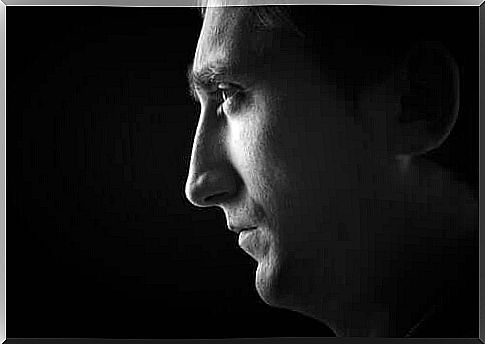
Monsters are created, they are not born
If you review all the literature on the science of evil, then you can not say with certainty that some people are born evil. There is not a single factor present from a human being being born that hurts.
On the contrary, it seems that evil is evolving over time. The factors that determine whether a person gets hurt or not seem to lie in the environment.
The excellent experiments of Philip Zimbardo, Stanley Milgram and others who have researched evil showed us how easy it was for good people to do evil things. Their experiments revealed how the right circumstances could affect people deeply, and cause them to behave in surprising and disturbing ways.
In other words, what often distinguishes good behavior from bad behavior is not the person doing it, but rather the circumstances they are in. This knowledge forces you to show some compassion for the people you judge for their evil deeds. But, of course, it’s not about justifying them.
But the science of evil suggests that there are many variables that influence human actions. And they are not all personal.
So it does not suggest we have come any closer to finding a “malicious personality disorder.” Therefore, the goal for professionals in the sector should be to prevent that kind of behavior. This can perhaps be done by humanizing those who do evil things. Or maybe just understand the important role the environment plays in all of this.


